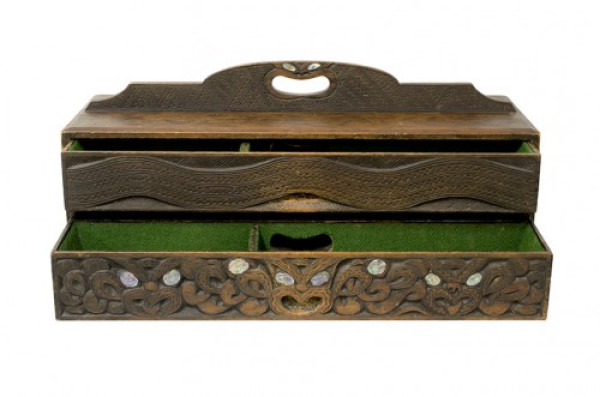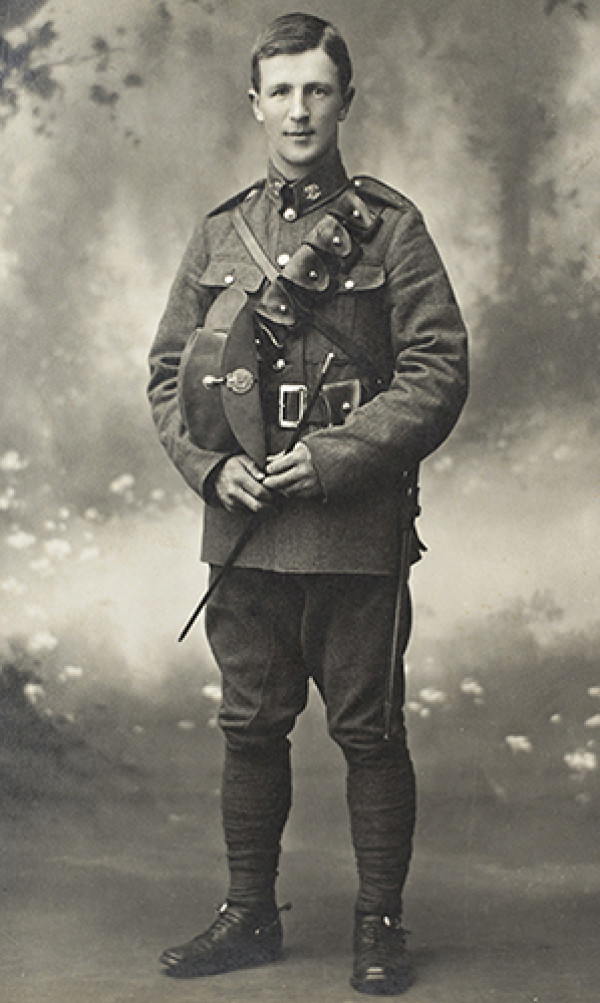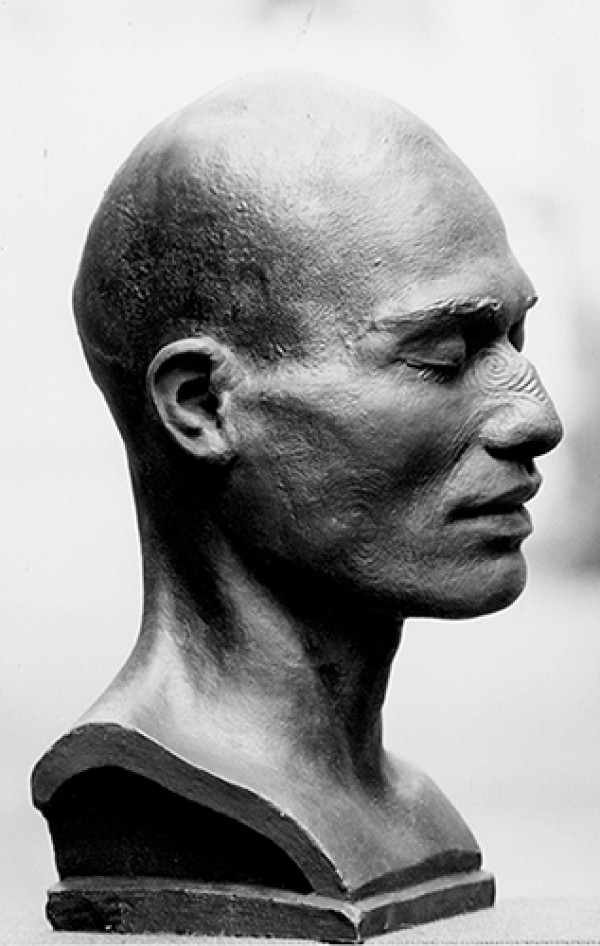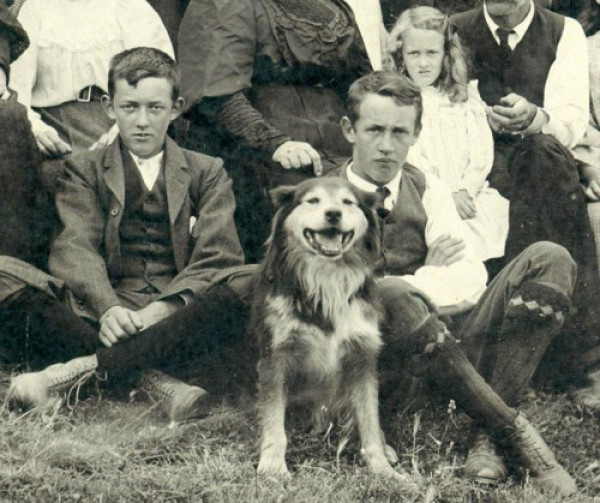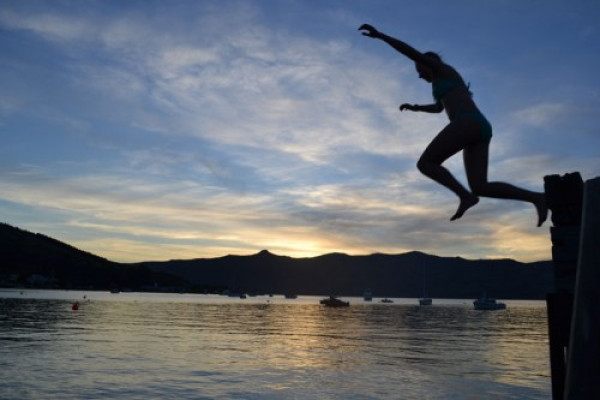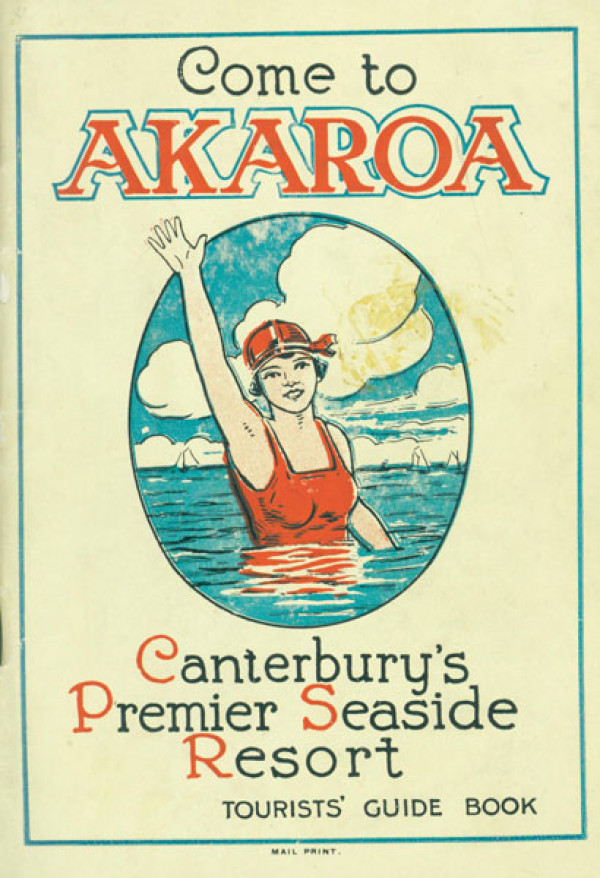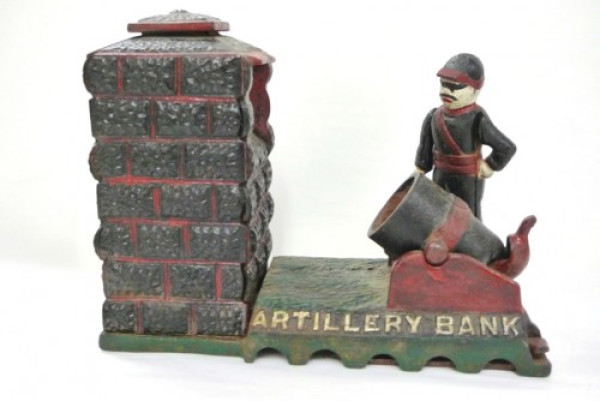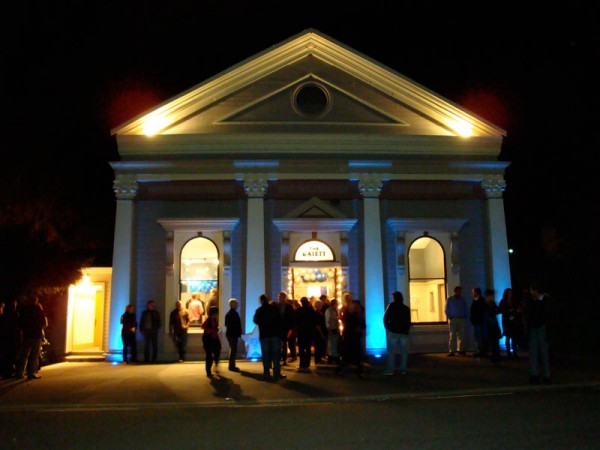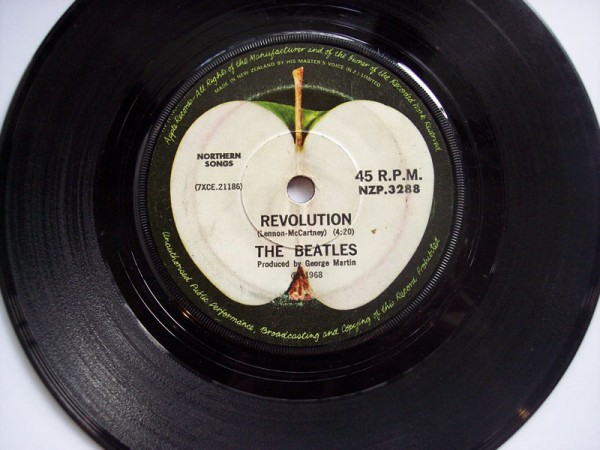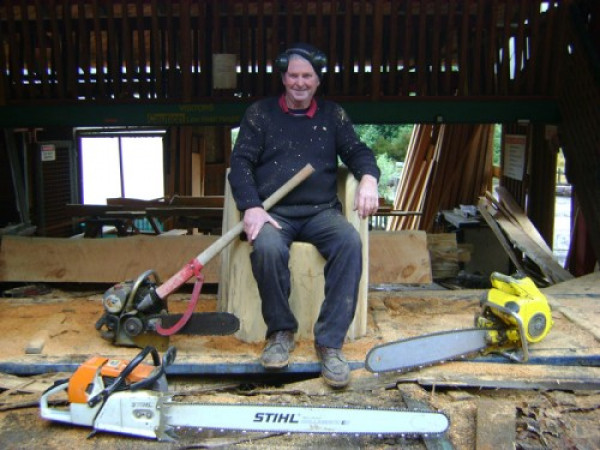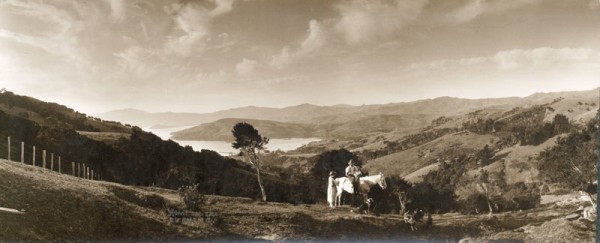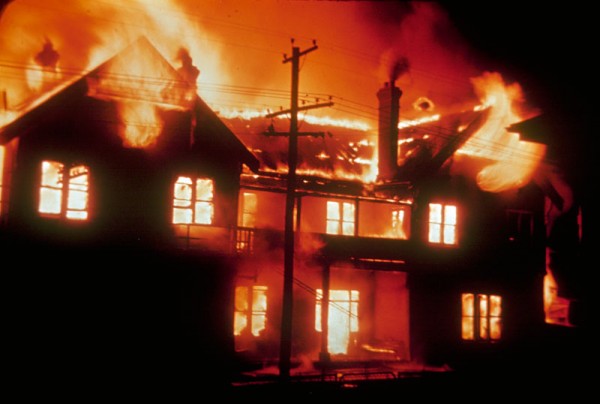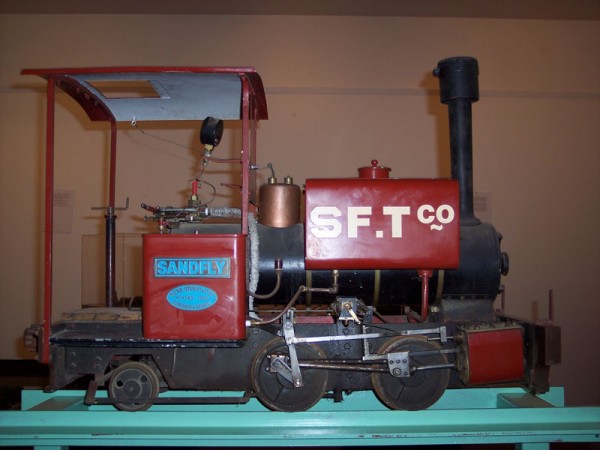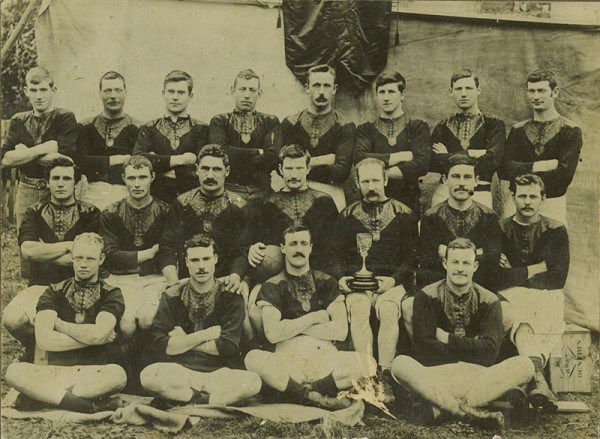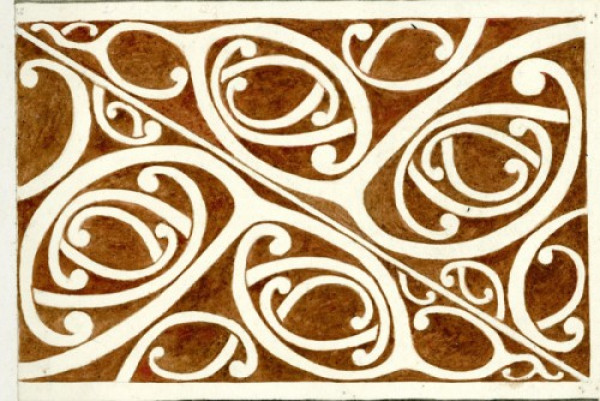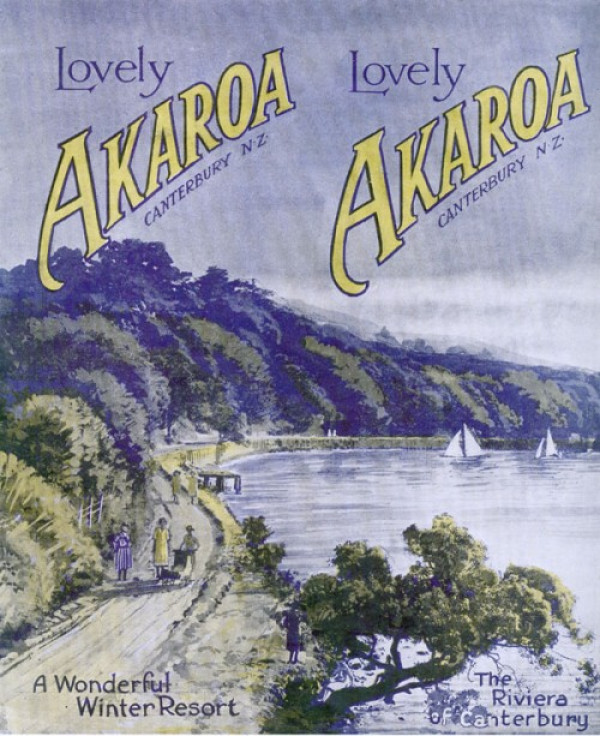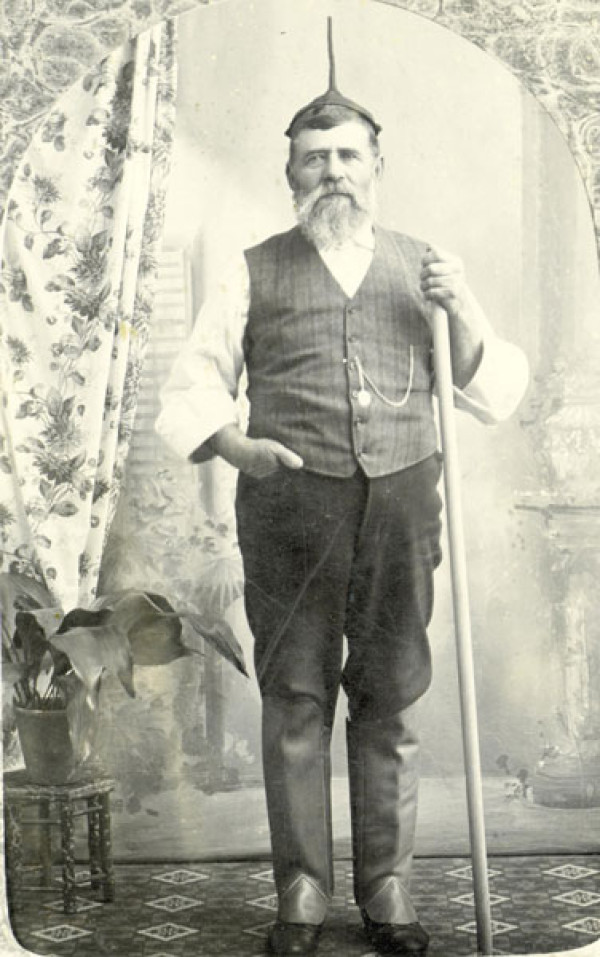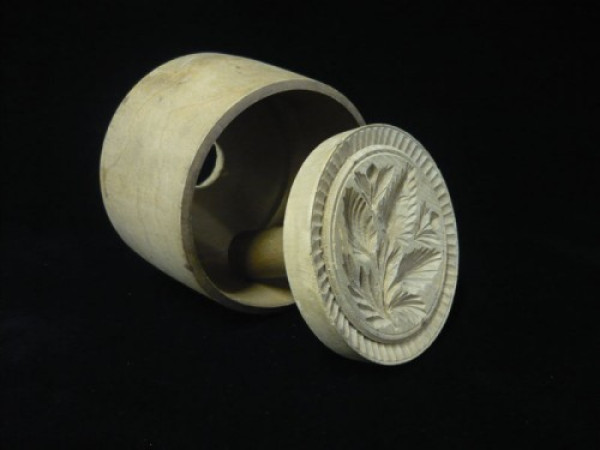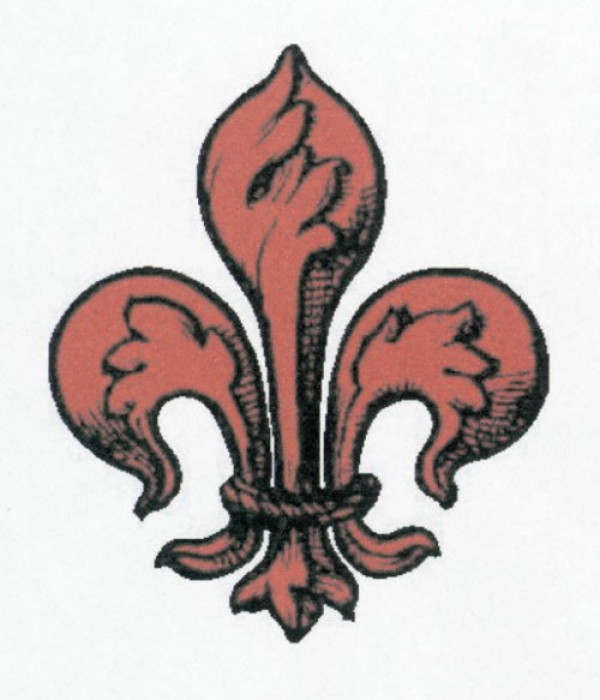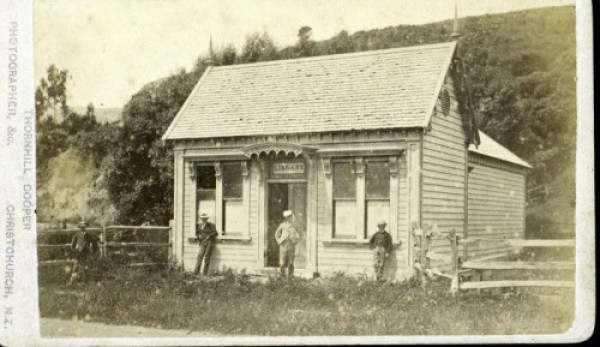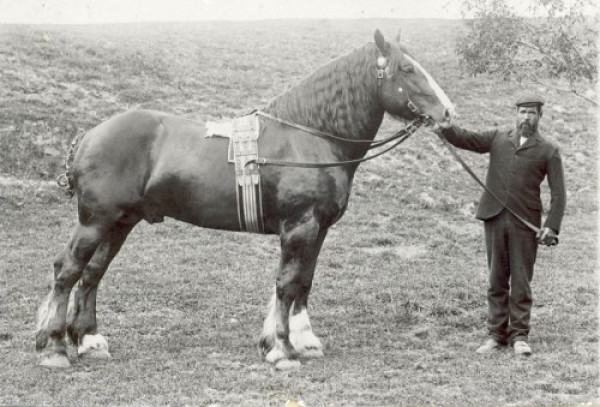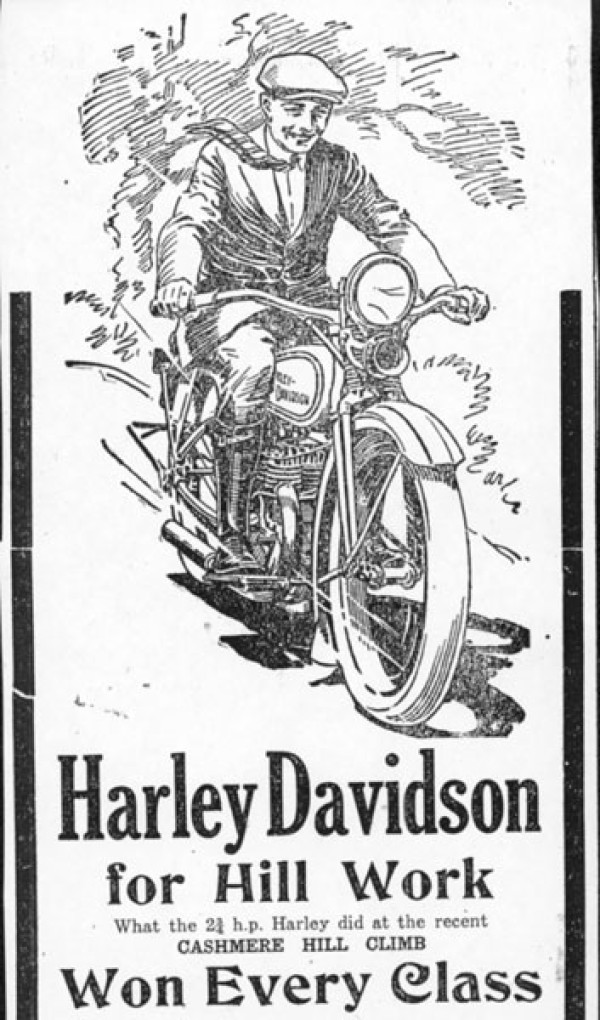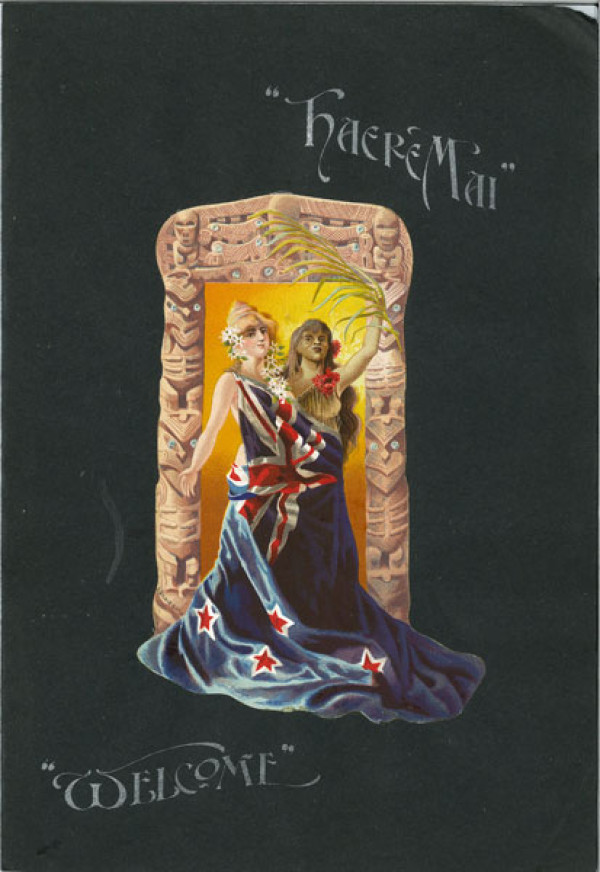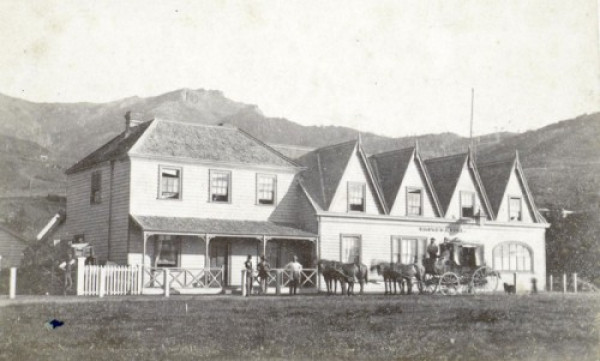French Connections: Language and Culture in Colonial Aotearoa
From April to 31 August, 2025.

Based on the research of Akaroa Museum's guest curator, Emma Johnson, French Connections explored the surprising extent of France’s cultural influence in Aotearoa New Zealand during the nineteenth century.
The heritage of writing, translating, reading and publishing in French in this country adds a new layer to our understanding of "French" Akaroa and of the nation's colonial culture.
The Measure of Things
From November 2024 to April 2025.

Everyday life has always been easier when we have known how many or how far. This exhibition considered how maps, clocks and other measuring instruments helped us navigate, describe and quantify the world.
It also explored some of the ways this technology has conditioned us to think within the boundaries of its definitions.
He Ara Roimata ki te Anamata - Takapūneke, our journey, our survivance
From April 2024 to November 2024.
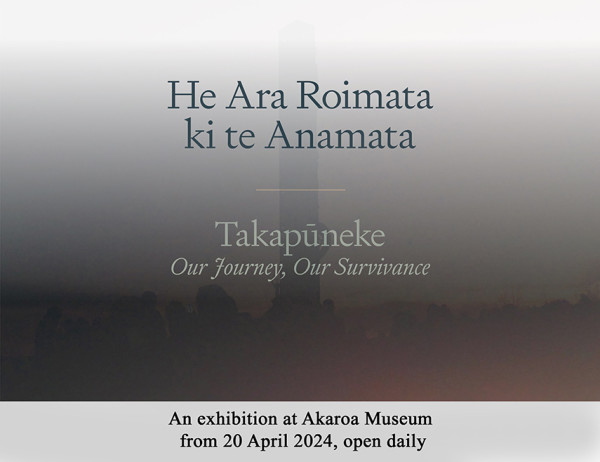
This exhibition reflected on the creation of Pou-tū-te-Raki-o-Te-Maiharanui and the Park of Reflection at Takapūneke Reserve and told the story of the long journey for the site to gain due recognition as a place of cultural and historical significance.
It was produced by the Akaroa Museum in collaboration with Te Rūnanga o Ngāi Tahu, Ōnuku Rūnanga and the Takapūneke Reserve Co-Governance Group.
Ship Nail & Tails Feathers
From 4 December 2023 to April 2024.
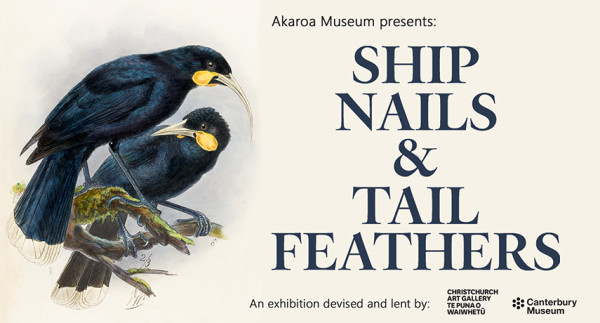
This exhibition was originally created in partnership by Christchurch Art Gallery Te Puna o Waiwhetū and Canterbury Museum; a display of rare, exquisite and even curiously ordinary objects.
In its Akaroa form, the exhibition was recreated with a focus on its ecological and maritime themes, and some added treasures from the collection of Akaroa Museum.
Catching Shadows: a century of photography on Banks Peninsula
From April to December 2023.
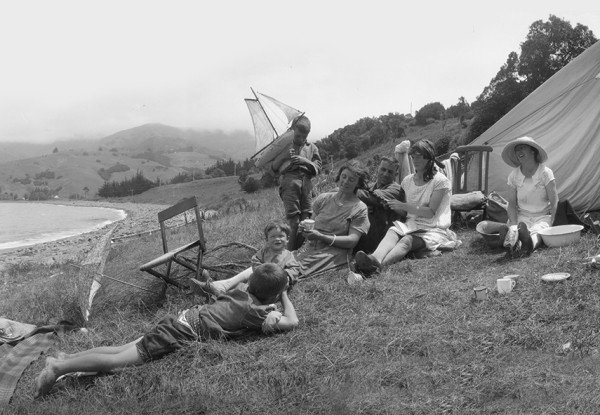
This exhibition traced the history of photographers working on Banks Peninsula, with an emphasis on Akaroa.
The exhibition began with the fabled Hone Tīkao daguerreotype portrait from the early 1840s and the mystery of where it was taken. It proceeded to the first documented photographer in Akaroa, Christopher Swinbourne in 1859 and traverses a century of visiting photographers’ comings and goings.
Along the way, the work of resident photographers is considered. The first of these was Henry Watkins followed closely by his brother Will. Later, Henry Billens and Arthur Gungall set up studios but their businesses struggled. Then came the T. E. Taylor studio and the great Jessie Buckland in the early twentieth century, and finally, the talented Donald J. McKay from Le Bons Bay in the 1950s.
With over 80 photographs on display, this exhibition was a feast of historic photography: past people, past landscapes and streetscapes in beautiful sepia tones.
Stitch Work
From December 2022 to March 2023.

Akaroa Museum’s summer exhibition Stitch Work showcased examples of women’s handcraft – embroidery, lace, patchwork, knitting, crochet, weaving and beadwork – all drawn from the Museum’s collection.
Stitch Work celebrated this work, the best of which has been treasured for generations by women who keep them to remember their mothers’, grandmothers’ and great-grandmothers’ precision and creativity with stitches.
Included in the exhibition were two spectacular patchwork quilts from the Museum’s own collection, last displayed more than a decade ago. One, made in England from cotton, dates from c.1797. The other is French and made of silks and silk brocade. It dates from c.1850.
The view from Paris: Charles Meryon’s Pacific etchings
From May 2022 to October 2022.
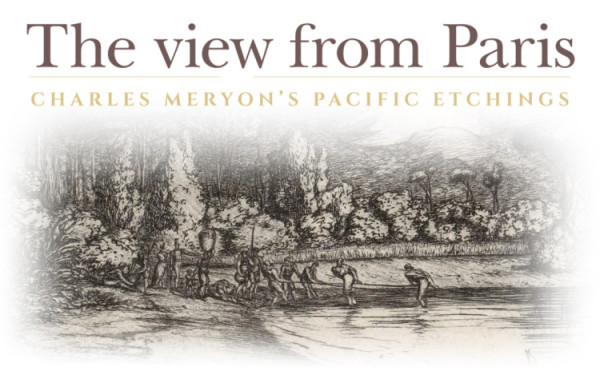
This exhibition showcased seven etchings by the renowned nineteenth-century French artist, Charles Meryon (1821-1868).
As a young naval cadet officer, Charles Meryon was stationed at Akaroa with the French corvette Rhin from 1843 to 1846. During that time he made a wide variety of drawings: landscapes, portraits and natural history studies. More sketches were made when the Rhin visited the French Catholic mission stations that were dotted around the Pacific.
In the 1860s, Meryon used drawings from Akaroa and other places in the Pacific to create a series of prints for an album, ‘Voyage à la Nouvelle Zélande’ - A Voyage to New Zealand. Prints from this series are now in art collections around the world.
This exhibition was possible because of a gift of five Meryon etchings to Akaroa Museum in 2021. The donors were Andrew Baker and Katarina Vesterberg, Australians who have been frequent visitors to Canterbury and Banks Peninsula. The donation was, in Baker’s words, ‘dedicated to those who perished in the 2011 earthquake - and acknowledging the endurance of its survivors.’
Ngā Taonga me ōna Kōrero - A decade of collecting
From November 2021 to April 2022.

Akaroa Museum’s summer 2021/2022 exhibition reflected on the museum’s collecting over the last 10 years.
The title referred to both the things that are collected, the taonga, and the stories, information and discussion that are collected with the taonga – the kōrero.
With the addition of each new taonga and its kōrero to the museum collection, the possibilities of the collection as a resource for knowing about the past and describing it increases.
The upshot was an exhibition comprising an eclectic mix of over fifty taonga, along with 80 digitised photographs on display. Restored 19th-century paintings, medals and certificates, the Akaroa Junior School dental chair, a World War Two sea mine, and much more were also on display.
Beneath: Three Archaeological Sites In Akaroa
From August 2021 to November 2021.
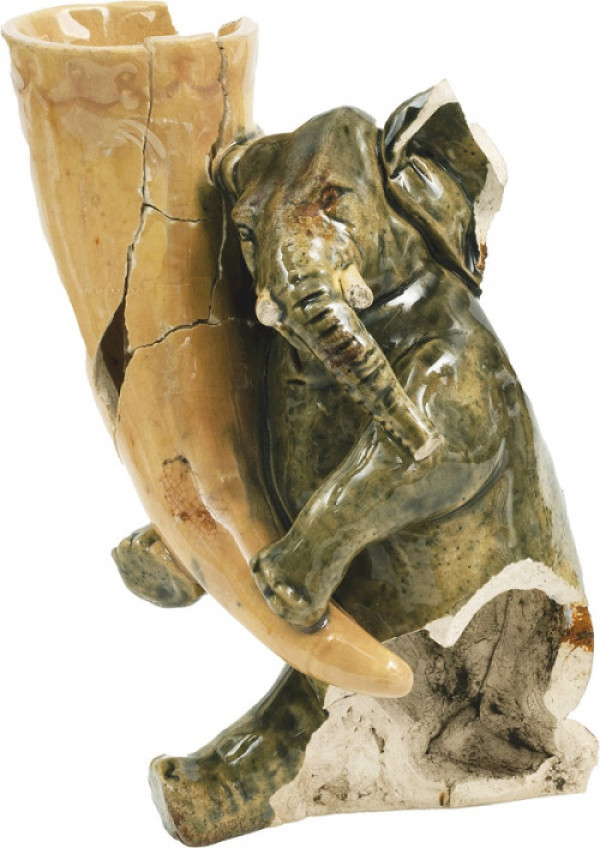
Picking through century-old rubbish does not sound glamorous, but this is often what archaeologists excavate. This exhibition explored what rubbish can tell us about how our ancestors lived.
On display were some of the finds from the Akaroa properties, 20 Bruce Terrace, 15 William Street, and 9 rue Balguerie.
Comte de Paris 180
From April to June 2021.

Akaroa Museum remembers the French and German settlers who arrived in Akaroa on the Nanto-Bordelaise chartered ship, Comte de Paris, in 1840.
The exhibition included photographs and stories of some of the 58 Comte de Paris settlers, pictures of the houses they lived in and details of their land holdings.
Descendants of the de Malmanche, Lelievre, Libeau and Breitmeyer families contributed their thoughts on what it means to be part of those families.











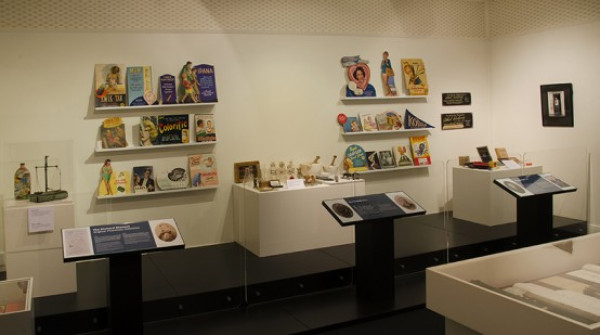 The old chemist shop building at the corner of rues Lavaud and Croix has been the source of a wonderful collection of
The old chemist shop building at the corner of rues Lavaud and Croix has been the source of a wonderful collection of 